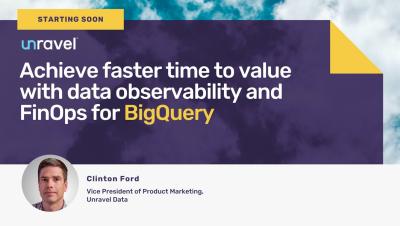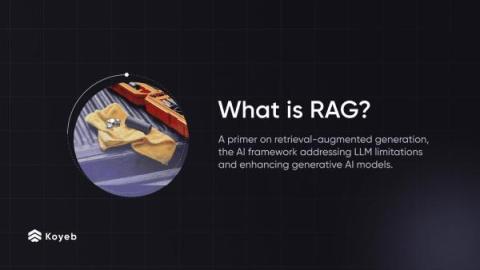Achieve faster time to value with data observability and FinOps for BigQuery
Right now, 88% of companies surveyed are failing to achieve optimal price/performance for their analytics workloads. Why? They don’t have the staff, their skilled engineers spend too much time doing toilsome work, and optimizing data workloads for performance and efficiency. With this in mind, Unravel is hosting a virtual event to help you leverage Unravel to achieve productivity, performance, and cost efficiency with BigQuery.











